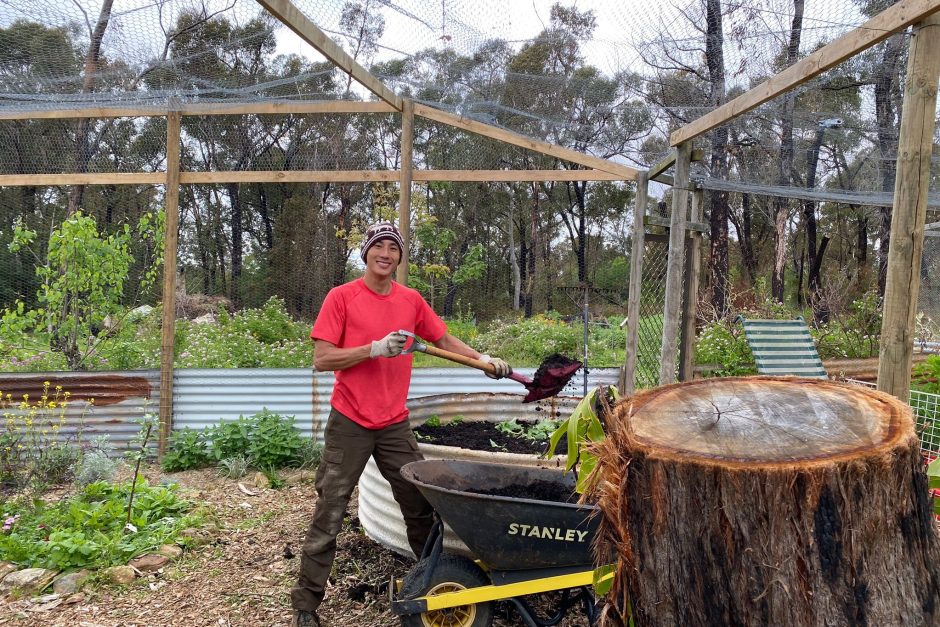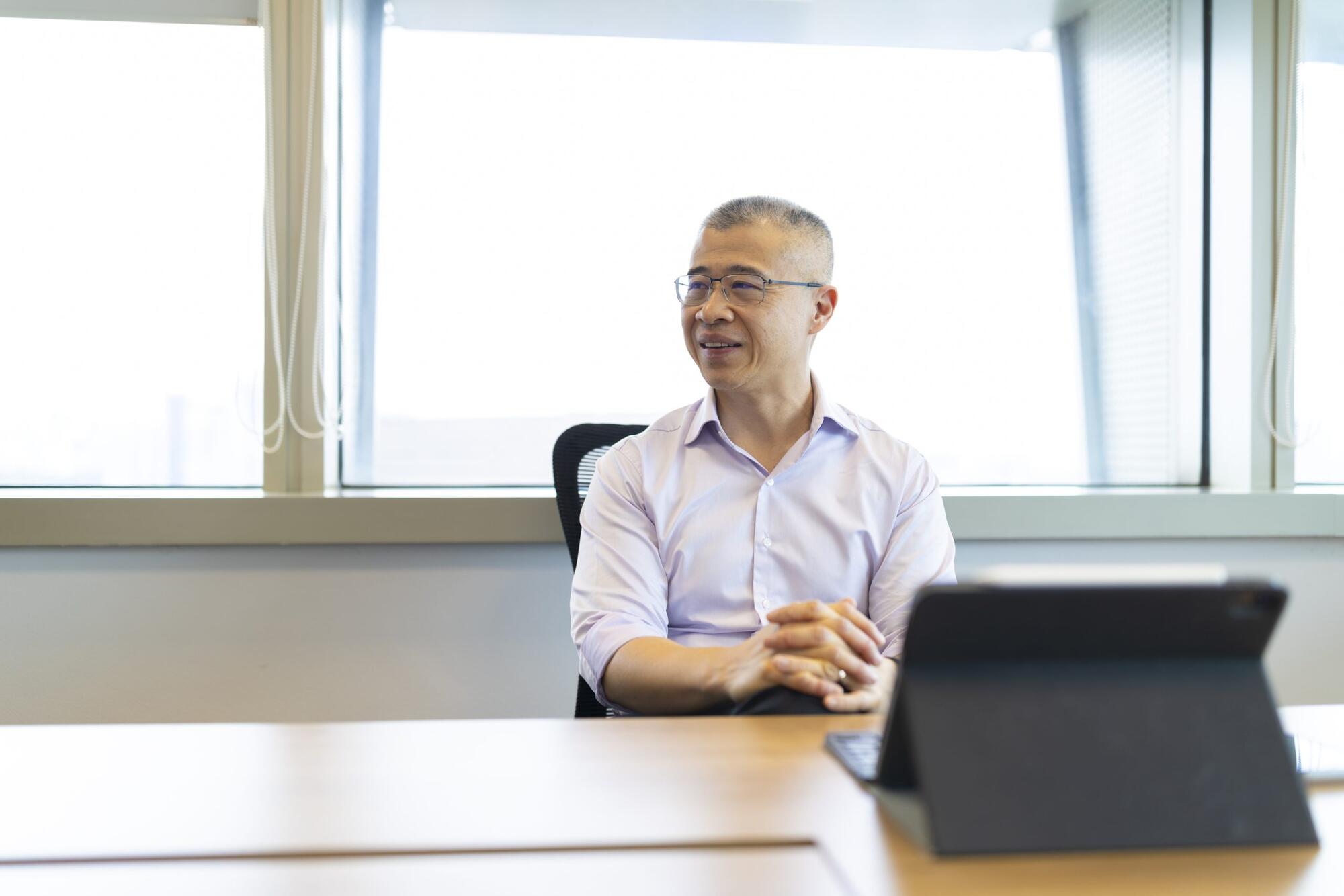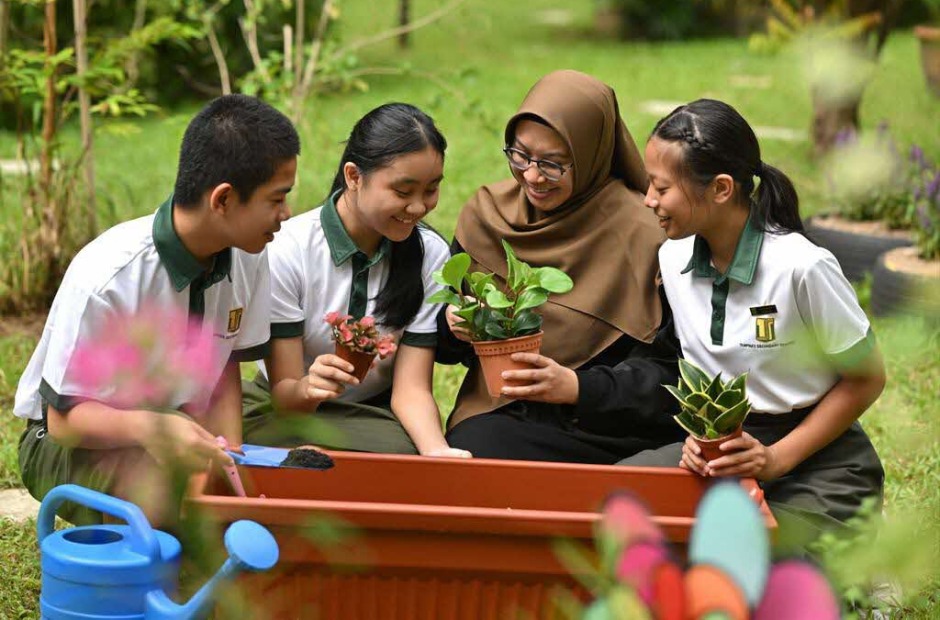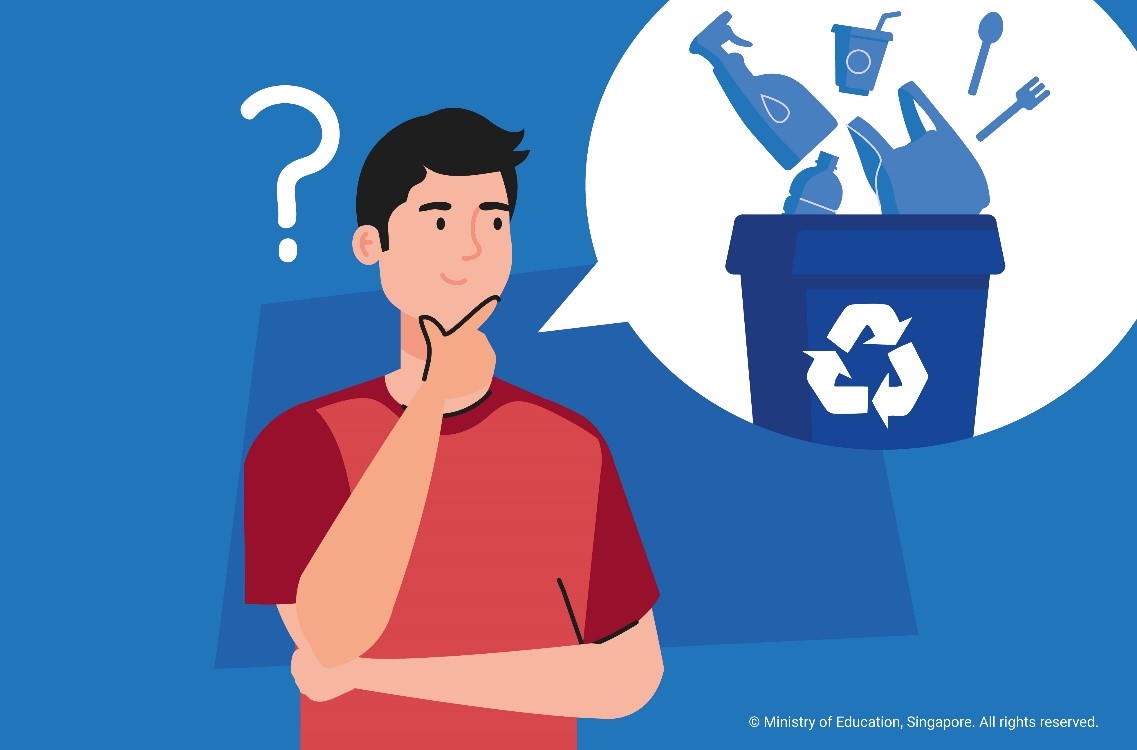AI say! These primary school students are trading snack time for prompt engineering
03 Oct 2023

Building on students’ interests to hone future-ready skills

Students gather in the school’s Innovation Lab during recess to brainstorm and improve on their AI prompt-writing skills.
Good prompt, bad prompt

The image on the left is an example of what a bad prompt ‘A city that is filled with rubbish’ spits out while the image on the right is the result of a well-crafted prompt ‘Vividly depicting litter-ridden Singapore: trash abounds, flies buzz, crows feast, bins overflow. The Singapore River, now foul-smelling and cluttered, meticulously portrayed. Expertly lit, 8K resolution, cinematic depth’.
Under the guidance of their teachers, the students are taught how to write prompts. They also cover negative prompts, so that students know what to avoid and how to improve on their results. Mr Lim believes that when students evaluate the effectiveness of their prompts and make adjustments as needed, they improve their problem-solving skills.
With experimentation comes revelation, as Primary 5 student Alexander Ng Wei Tong observes, “It is very interesting to see how a slight variation in the way we write the prompt can result in a lot of differences in the images produced.”
Armed with the knowledge of crafting more effective prompts, the students skilfully refine their queries based on the generated results. “They demonstrate their adaptability through the application of critical thinking and keen observation skills,” says Mr Lim. “When students don’t get the results they want, it challenges them to think more deeply about the subject matter or explore different facets of the topic.”
To level up, the students are introduced to the tool’s prompt database and guides that explain how to structure prompts and create diverse image styles. Mdm Soon says, “The students’ creativity shines as they experiment through trial and error to see what Stable Diffusion and the like can do.”
Poised to wrap up their e-book project by late September, the students have proven that when given the opportunity and right guidance, age is no barrier to leveraging AI tools for creativity.
“Generative AI, like Stable Diffusion models, elevates students’ creativity by enabling them to create unique and imaginative images from various prompts, transcending the constraints of reality,” says Mr Lim.
“When students use this technology well, they can turn their imaginative ideas to life. Generative AI helps them do this by connecting their imagination to the real world, boosting creativity, and inspiring them to explore new ways of expressing themselves.”

The e-book’s cover page showcases a dual portrayal of Singapore, juxtaposing the outcomes if we choose to act versus remaining inactive.
Ready to get schooled in making AI art? Here’s what the teachers tell the students about writing effective prompts for AI:
1) Be clear and concise with the prompts.
2) Provide the context.
3) Search the internet for similar prompts.
4) Use keywords pertaining to the subject, art style, colour and lighting.
3) Experiment with different prompts.
 Prompt: A Singapore that is very dirty, full of waste, very polluted and smelly. Singapore’s buildings are very old and dirty.
Prompt: A Singapore that is very dirty, full of waste, very polluted and smelly. Singapore’s buildings are very old and dirty.

Prompt: Singapore with a lot of rubbish everywhere, it is dirty, flies buzz around and crows scavenge for leftovers.
 Prompt: Singapore being destroyed with serious flooding, heavy rain at night, best quality.
Prompt: Singapore being destroyed with serious flooding, heavy rain at night, best quality.
 Prompt: A Singapore that is very clean, very modern, and eco-friendly, one electric bus that is modern and beautiful, some people are cycling.
Prompt: A Singapore that is very clean, very modern, and eco-friendly, one electric bus that is modern and beautiful, some people are cycling.
 Prompt: Green buildings in Singapore, clean rivers, clean streets and plants along the road, green buses on the road, very detailed.
Prompt: Green buildings in Singapore, clean rivers, clean streets and plants along the road, green buses on the road, very detailed.

Prompt: Singapore with an extremely serious traffic jam featuring vehicles of various colours and types, including cars and lorries.
For more stories on artificial intelligence:
- Welcome to my new ‘teaching assistant’: How this Chemistry teacher weaves ChatGPT advantages into his lessons
- Teacher talk: AI is our new classroom tool and we are learning to draw the best from it
- This teacher’s got his eye on AI
We are on Telegram! Subscribe to our channel: https://t.me/schoolbag_edu_sg





